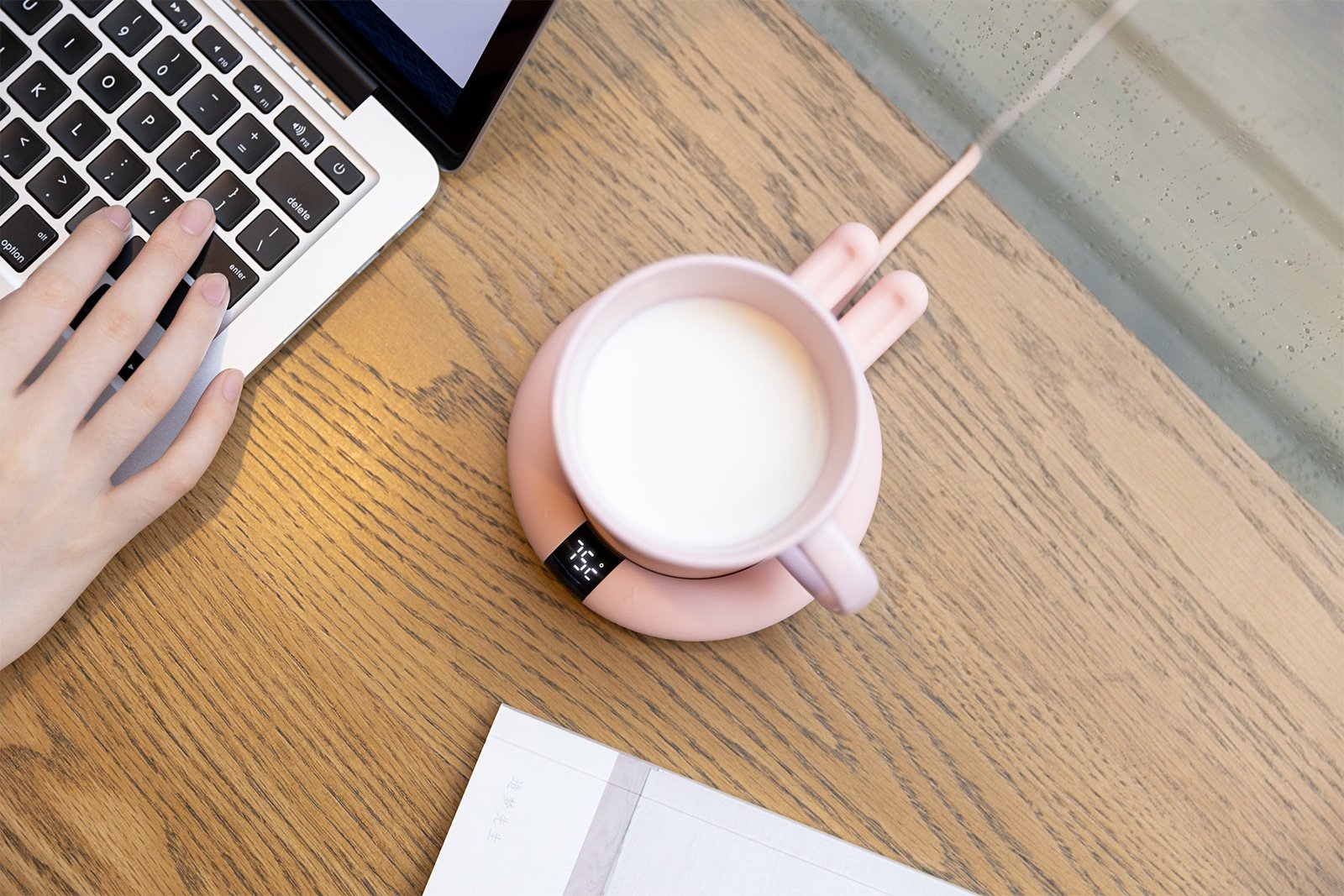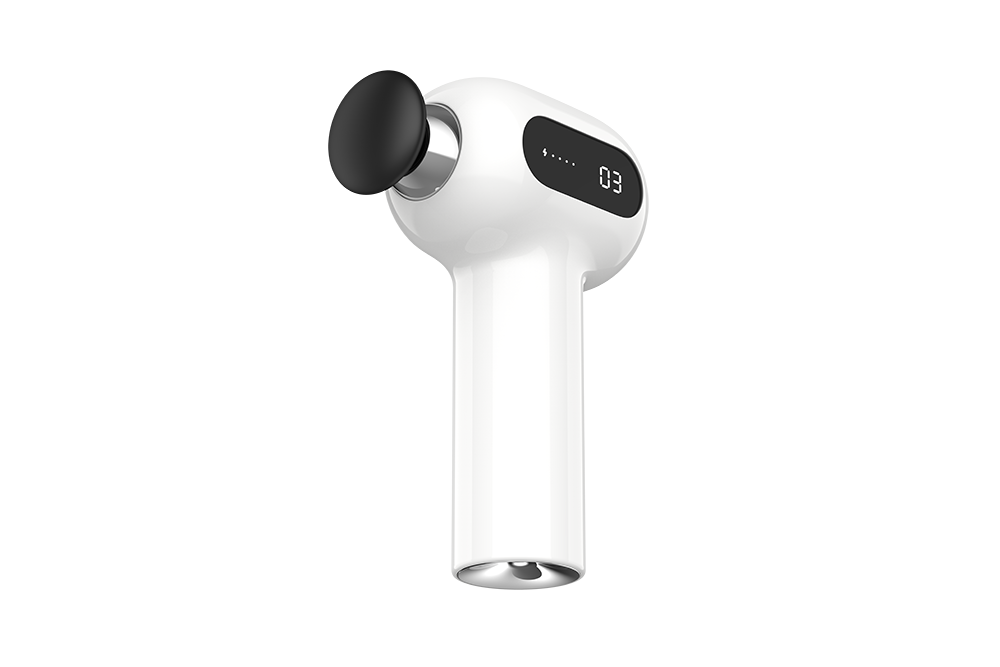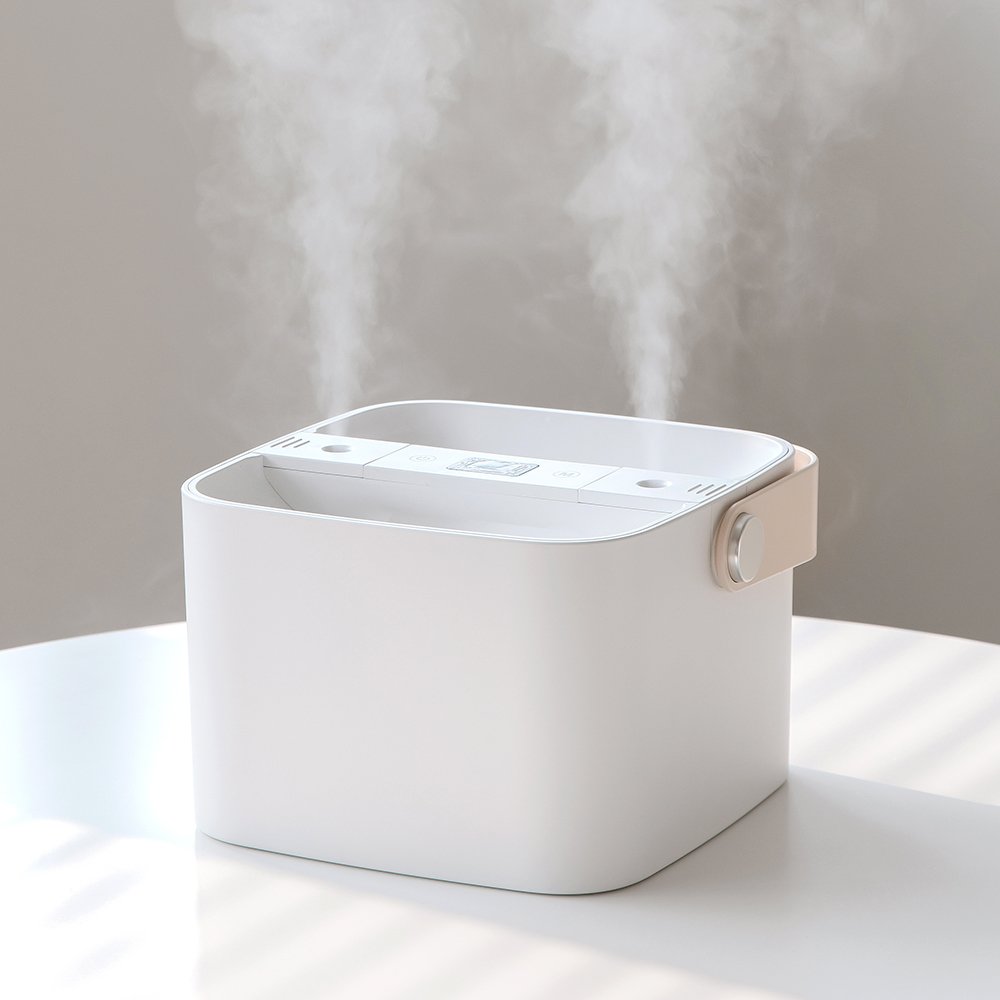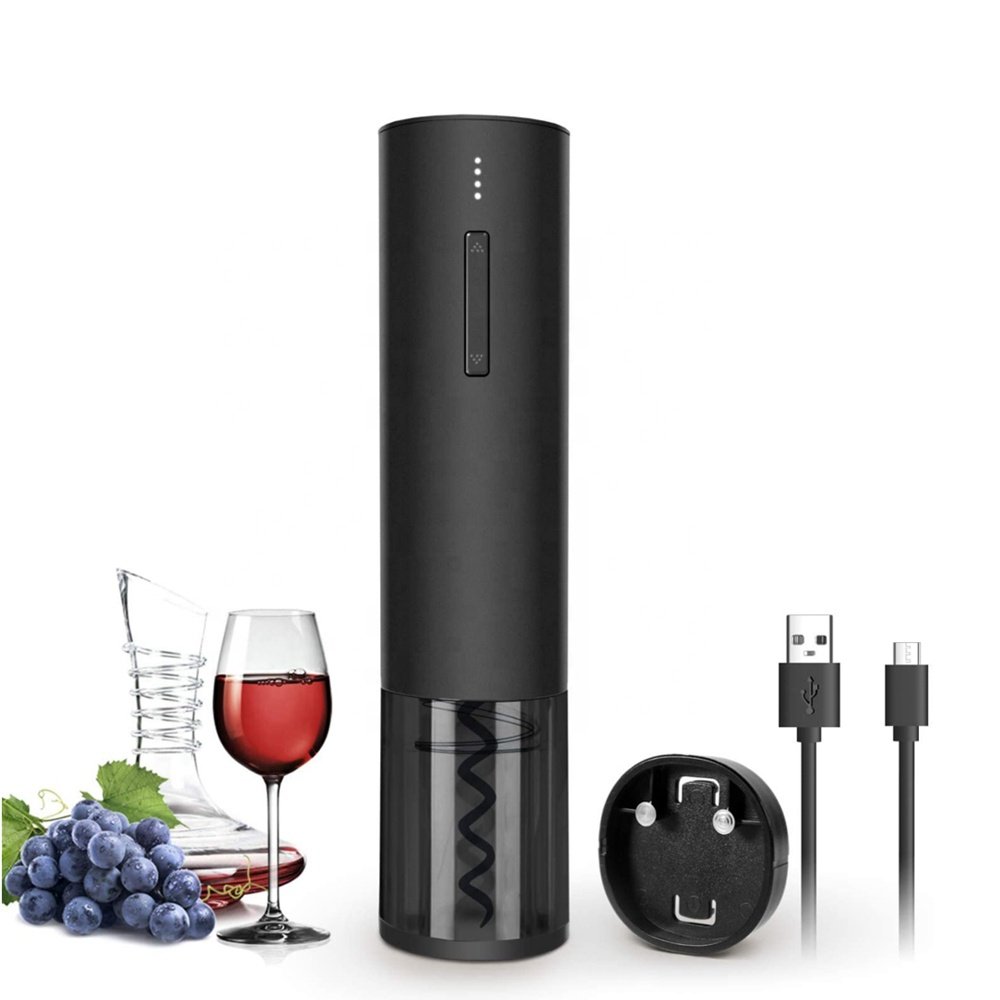As the three major wireless charging alliances in the world, PMA, WPC, A4WP. There is no doubt that the WPC alliance has been successfully promoted in the market. Its early launch of Qi certification has also greatly helped the application and recognition of WPC wireless technical specifications. More than 800 products of 218 members have obtained Qi certification, and consumers have a wider choice. It is foreseeable that Qi certification will become mainstream in the future.
At present, the new standard version of Qi certification is 1.2.1, covering 15W fast charging transmitter and receiver devices. Certified and listed products not only meet the corresponding safety and performance specifications, but also products of different brands and manufacturers are compatible with each other.
The advantages of being certified
- Prove that the performance of the product meets the requirements and achieves a certain level of safety;
- The product is marked with Qi logo, which means that the same certified terminals of different brands and models can be compatible
- Increase the opportunity for high-quality buyers to pay attention, especially buyers in the North American market
- Improve the corporate image and product value, especially the current wireless charging products in the market are in the early stage of mixed good and bad
WPC started implementing the new V1.2.4 Qi certification standard in March 2018. All certified products are divided into two types: BPP (Baseline Power Profile) and EPP (Extended Power Profile) according to different load power. BPP covers products with output power less than or equal to 5W; EPP covers products with output power greater than 5W up to 30W. Because EPP is a product certification for the rate (Medium Power), in a strict sense, all current support for Apple’s fast charging 7.5W and 10W Samsung fast charging SFC (Samsung Fast Charging) should be within the scope of EPP certification.
Whether it is BPP or EPP, the Qi certification test process consists of two parts. The first is the Compliance Test and the second is the Qi Interoperability Test.
For wireless charging transmitters that are generally concerned, the Qi certification test process is as follows:
1) Compliance testing. The sending party needs to send at least 5 prototypes for testing, one of which will be arranged for compliance testing first, and the compliance testing samples will be kept in ATL after the test is passed.
The main test contents include
— Timing of the communication protocol between transmitter and receiver
— Test the power output capability through the translation of the XYZ axis
— Maximum supply capacity for energy transfer
— Foreign Object Detection FOD (Foreign Object Detection)
2) Compatibility test. After passing the compliance test, ATL will divide the other four prototypes into two groups and send them to laboratories in Belgium and South Korea for compatibility testing projects. Two samples remained in the primary IOC laboratory and the other two in the secondary IOC laboratory. Compatibility testing will be carried out after the main IOC laboratory receives the samples sent by ATL. After the compatibility test is completed, the inspecting party can perform the action of “confirming completion” on the official website, the product can be included in the WPC official website, and the product will be stored on the test bed (Test Bed).
According to the WPC requirements, all test samples of the wireless charging factory need to be tested for compatibility with all previously certified samples. If the tested product is a wireless charging transmitter, then it needs to be tested for compatibility with all WPC Qi-certified receivers.
The compatibility test includes two aspects. First, when the transmitter and receiver are put together, they need to establish communication within 3 seconds. Second, when the battery power of the test product is 10% to 20%, it needs to be charged for five minutes.
Due to the requirements of the WPC process, great care needs to be taken when testing for compatibility. According to the Qi test process, the submitted product must be sent for compatibility testing after the compliance test is passed. If the compatibility test fails, the sample needs to be brought back for rectification. After the rectification, it cannot be directly sent for compatibility testing, but needs to go through the process of compliance testing + compatibility testing again.
The most common questions in the test:
1) The data packet of CE (Control Error) jumped out of -1, 0, +1 during the working process of the sample 2) The ASK or FSK connection was interrupted before and during the power transmission of the sample
3) FOD detection disorder
4) In the process of establishing the communication process between the transmitter and the receiver, there is a stage of the Qi protocol handshake. Because of the error in the way of data packet transmission, the two parties cannot be effectively connected.
5) The transmitter is very sensitive to the placement of the receiver for testing and can only support certain placements.
6) When the transmitter to be tested supports a variety of fast charging protocols, such as 10W Samsung Fast Charge (SFC) and 7.5W Apple Fast Charge, the transmitter is prone to protocol disorder during the Qi certification test. And can’t work properly with the test acceptor.
Q&A
One: Qi products support 10W. If 5W is used for certification, will it be reflected on the certificate or on the official website, and will it affect shipments?
1) Above 5W is a private agreement and can be certified according to 5W (BPP)
2) The Qi protocol above 5W needs to be certified according to EPP (EPP certification is a test item with EPP added to the BPP test item)
Two: The light is green when charging, and the light will automatically turn off after charging is complete. Is there any requirement for the color of this light?
The color of the light is not required, but the wireless charging must have the following charging states:
1) Instructions placed on the receiving end
2) Indication of charging
3) Indication of charging completion
4) There is an error indication
5) Instructions for putting on multiple receivers (if the product is multi-coil)
6) Indication of power limit (eg a 15W phone on a 5W charger)
Three: Does the QI test have flame retardant requirements for the shell? If yes, what is the required flame retardant rating?
There is no requirement for flame retardancy. However, there are requirements for the measures to be taken for the high temperature generated by the foreign body. Otherwise, the high temperature cannot be generated during the work. For example, the product needs to have cooling measures after the high temperature is generated.







